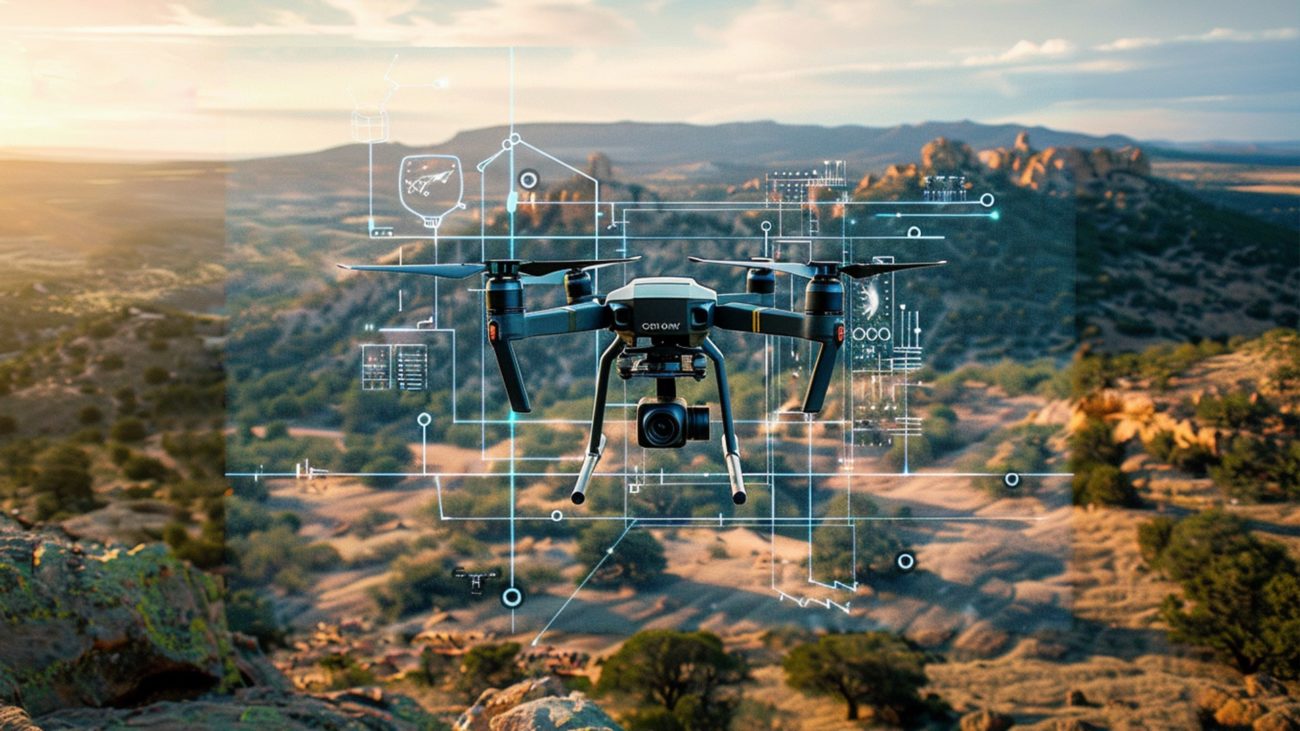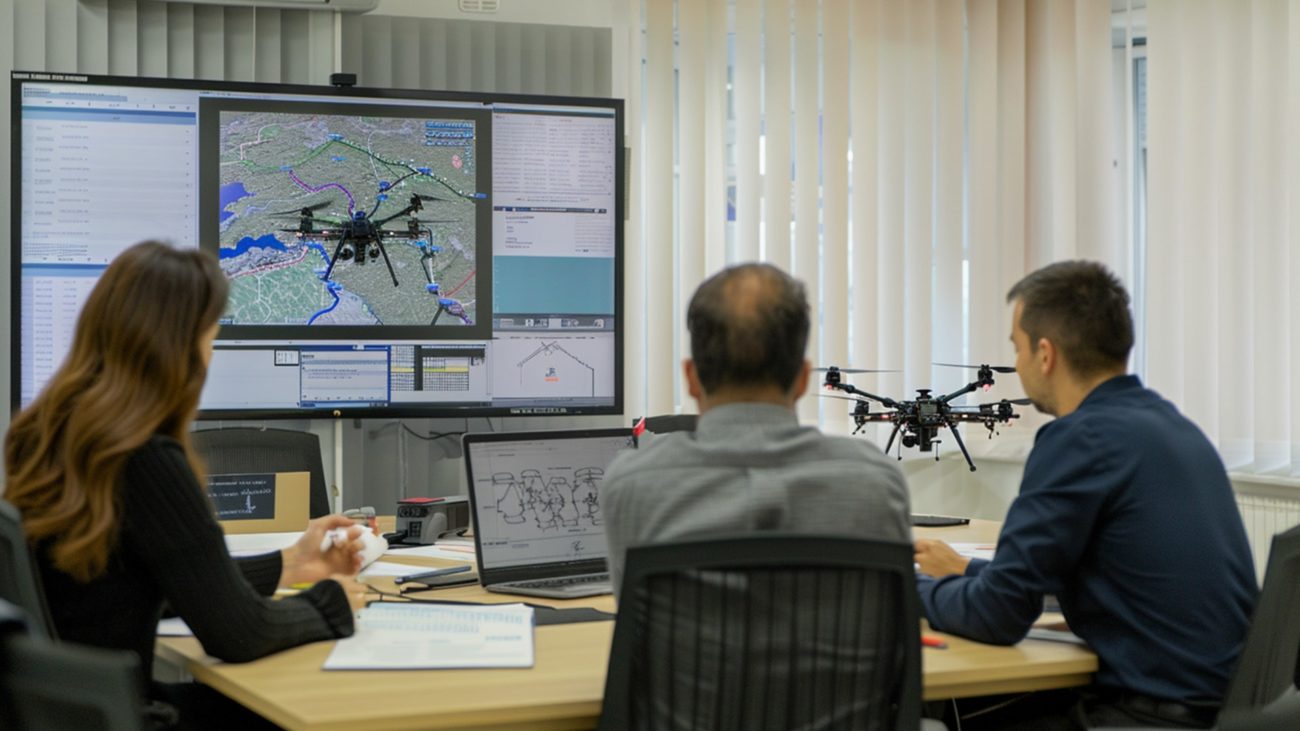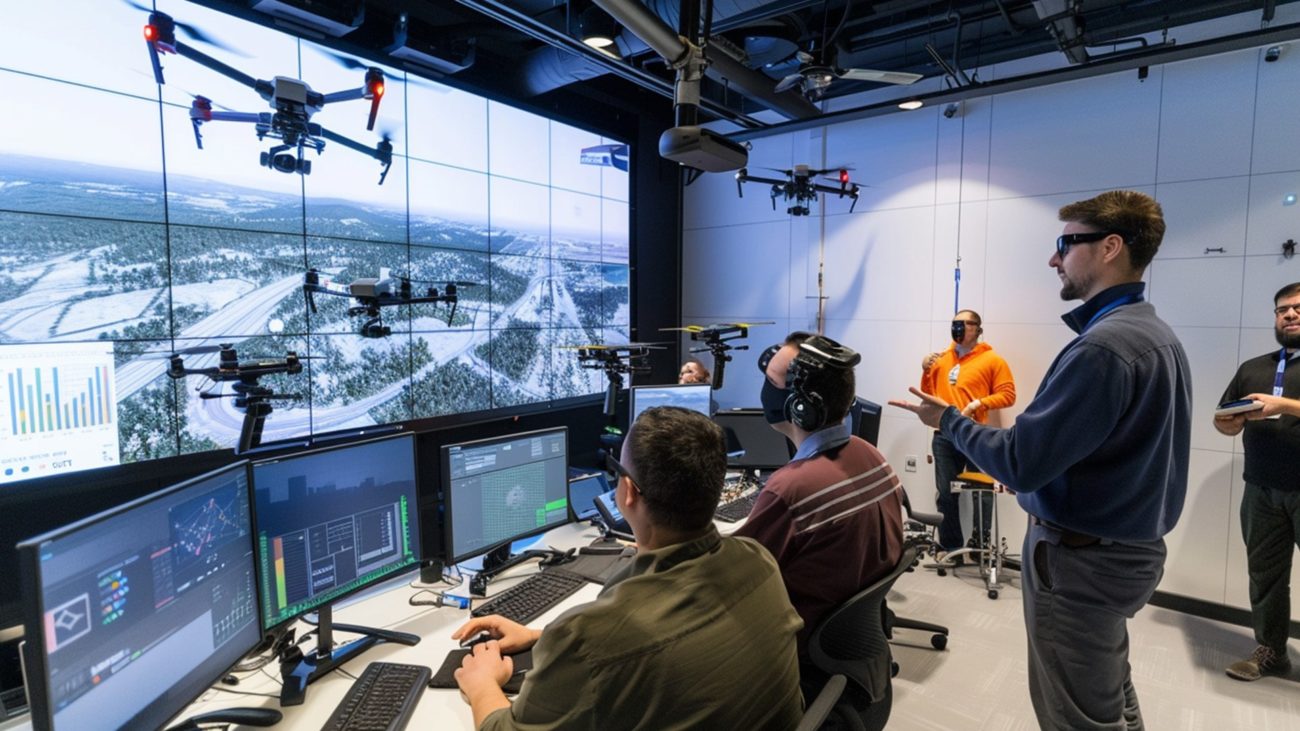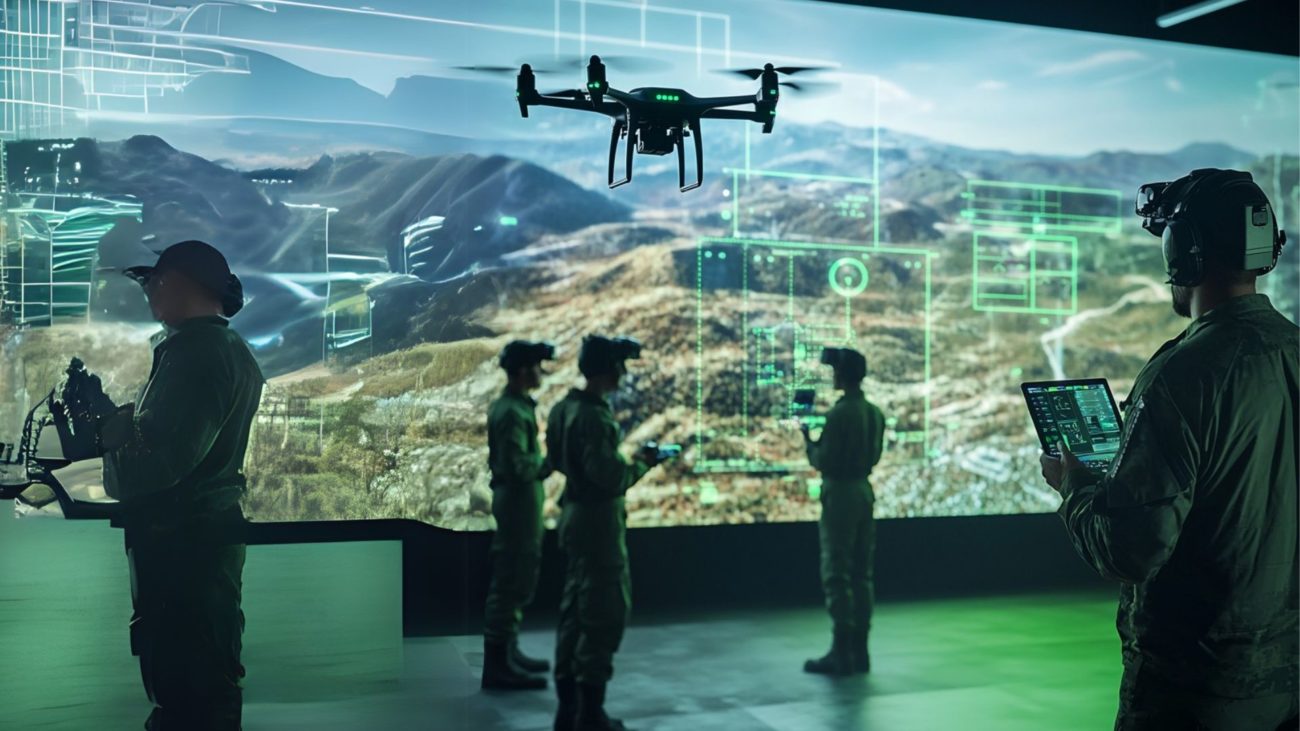Autonomous drones are no longer just a futuristic concept—they are driving real transformation across industries like energy, logistics, construction, agriculture, and public safety. From aerial inspections to real-time data collection and automated deliveries, drones promise substantial gains in efficiency, safety, and operational visibility.
Yet, while the potential is significant, scaling drone technology from pilot projects to enterprise-wide deployment often reveals a host of practical challenges. For business leaders, understanding these hurdles early can help set realistic expectations, optimize investments, and ensure long-term success
1. Technological Constraints: Aligning Capabilities with Mission Needs
Despite rapid innovation, drones still face inherent technical limitations that impact their application in complex environments.

Key Considerations:
- Battery Life & Flight Duration: Most commercial drones operate for 20–60 minutes per charge, which may limit mission coverage, particularly in large-scale or remote areas.
- Payload Capacity: Many drones cannot carry heavy or specialized sensors, restricting use cases like high-precision inspections or medical deliveries.
- Navigation Challenges: In GPS-denied environments (indoor, underground, or urban canyons), advanced vision-based or sensor fusion navigation is required—technologies that are still maturing.
Considering above, we must select drone models and software that match your specific operational needs, and evaluate whether swappable batteries or fleet coordination can extend mission capabilities.
2. Integration Complexity: Making Drones Work Within Your Enterprise Ecosystem
Deploying drones is not just about flying hardware—it involves seamless data integration, process adaptation, and ecosystem alignment.

Common Hurdles:
- Data Integration: Businesses often struggle to synchronize drone outputs (imagery, telemetry, maps) with existing platforms like ERP, CRM, or GIS.
- Workflow Disruption: Incorporating drones into traditional workflows may require change management, retraining, and process redesign.
- Vendor Management: Coordinating across multiple technology providers (hardware, software, analytics, support) can complicate deployment and support.
The best way to try this is to start with a pilot project tied to a measurable use case, and work with end-to-end solution providers who can manage integration and support complexities.
3. Cost and ROI Justification: Making the Business Case
Drone implementation demands significant investment, and realizing value depends on clear ROI planning.

Financial Challenges:
- Upfront Costs: Investment in drones, sensors, simulation software, and training can be high—especially for industrial-grade or custom solutions.
- ROI Visibility: Calculating returns from efficiency gains, risk reduction, or improved data accuracy can be challenging, particularly for smaller enterprises.
- Maintenance Overhead: Drones require ongoing hardware servicing, battery replacements, and software updates, adding to operational costs.
Strategic Tip: Focus on use cases with clear cost-savings or risk-mitigation outcomes, and track performance metrics from day one to build the business case.
4. Regulatory Compliance: Navigating a Complex Landscape
Drone regulations vary widely by region and application, and compliance is crucial for risk-free operations.

Regulatory Barriers:
- Flight Approvals: Obtaining necessary permits, especially for Beyond Visual Line of Sight (BVLOS) operations, can be time-intensive and complex.
- Insurance Requirements: Adequate coverage for drones, payloads, and third-party liability adds cost and compliance overhead.
- Policy Shifts: Drone laws are evolving, requiring businesses to continuously monitor and adapt to changes in airspace management and privacy rules.
Engage with legal and compliance advisors early, and work with drone partners who have regulatory expertise in your industry and region.
5. Skills and Workforce Readiness: Bridging the Talent Gap
Effective drone operations require more than hardware—it demands a skilled workforce and cultural alignment.

Workforce Considerations:
- Talent Shortage: Skilled professionals for drone operation, data analysis, and system maintenance are often in short supply.
- Training Demands: Teams need to be trained in flight planning, safety protocols, and data interpretation to ensure effective usage.
- Cultural Resistance: Employees may resist drone adoption due to concerns about automation, surveillance, or job displacement.
Invest in upskilling existing teams and communicate the value of drones as tools for enhanced safety and productivity, not replacement.
6. Public Perception and Community Engagement
The success of drone operations can hinge on how they are perceived by the public.

Perception Challenges:
- Privacy Concerns: Communities may view drones as intrusive, particularly in residential or public spaces.
- Noise and Visual Impact: Drones can contribute to noise pollution or be seen as visual clutter, especially in urban settings.
Foster transparency and community engagement by clearly communicating drone usage, respecting privacy zones, and using noise-reduction technologies.
Moving Forward: Strategic Adoption with Trusted Partners
To overcome these challenges, successful enterprises typically follow a phased approach:
- Start with targeted pilot programs.
- Focus on high-impact, measurable use cases.
- Engage with experienced drone solution providers who offer end-to-end support—from technology selection to regulatory compliance and workforce training.
At WalkingTree, we help businesses navigate the technical, regulatory, and operational complexities of drone deployment. Whether you’re exploring training simulations, AI-driven drone operations, or custom integrations, our team delivers solutions tailored for real-world impact and scale.
